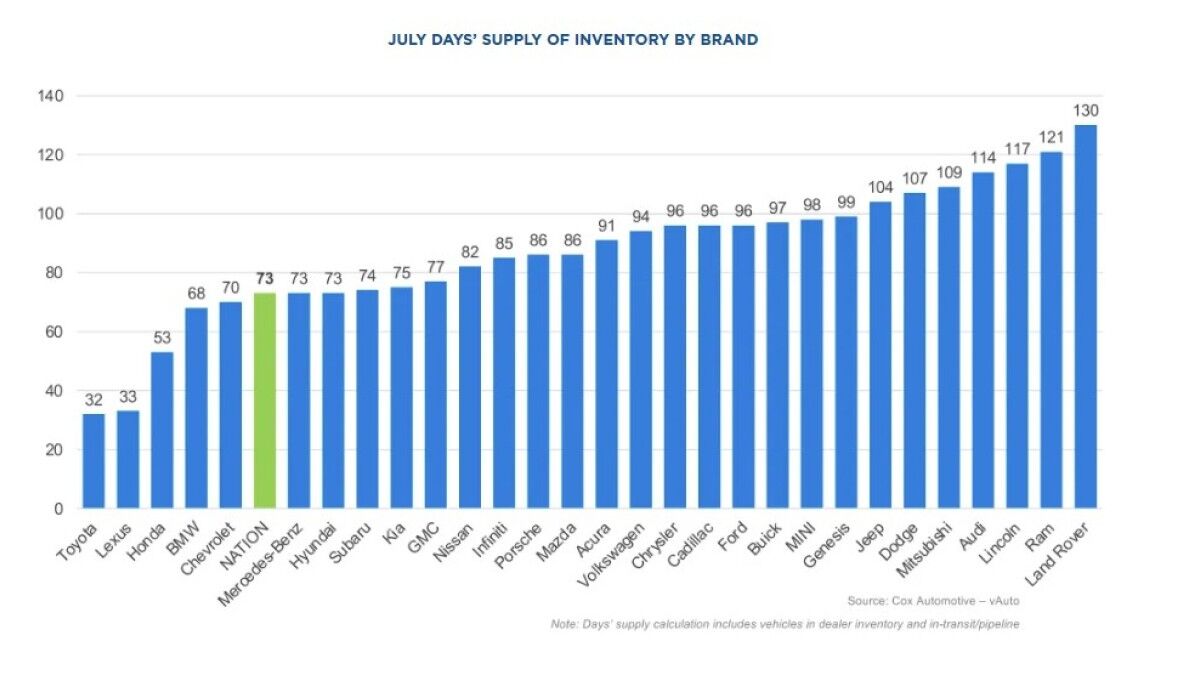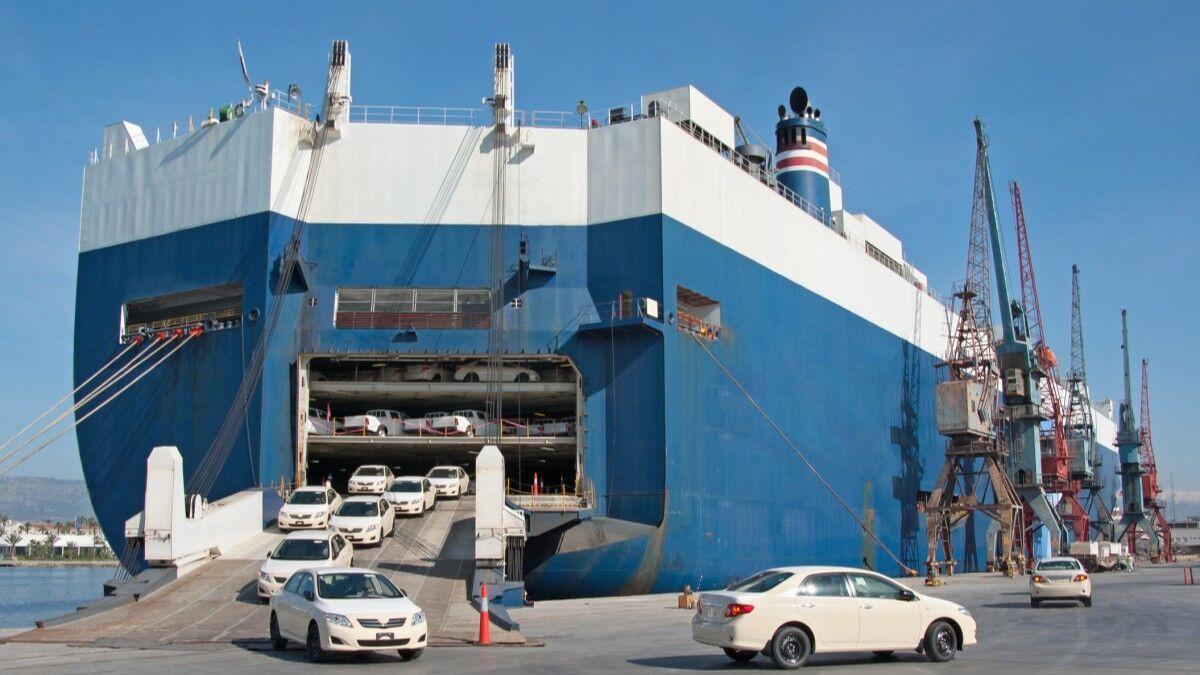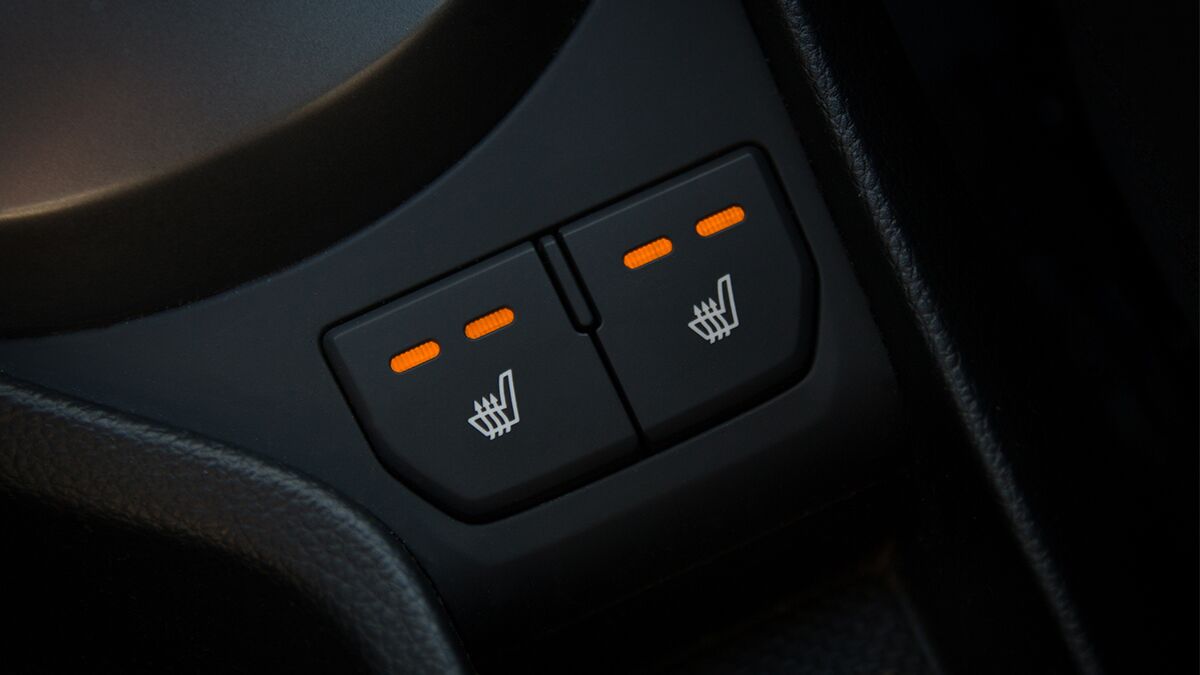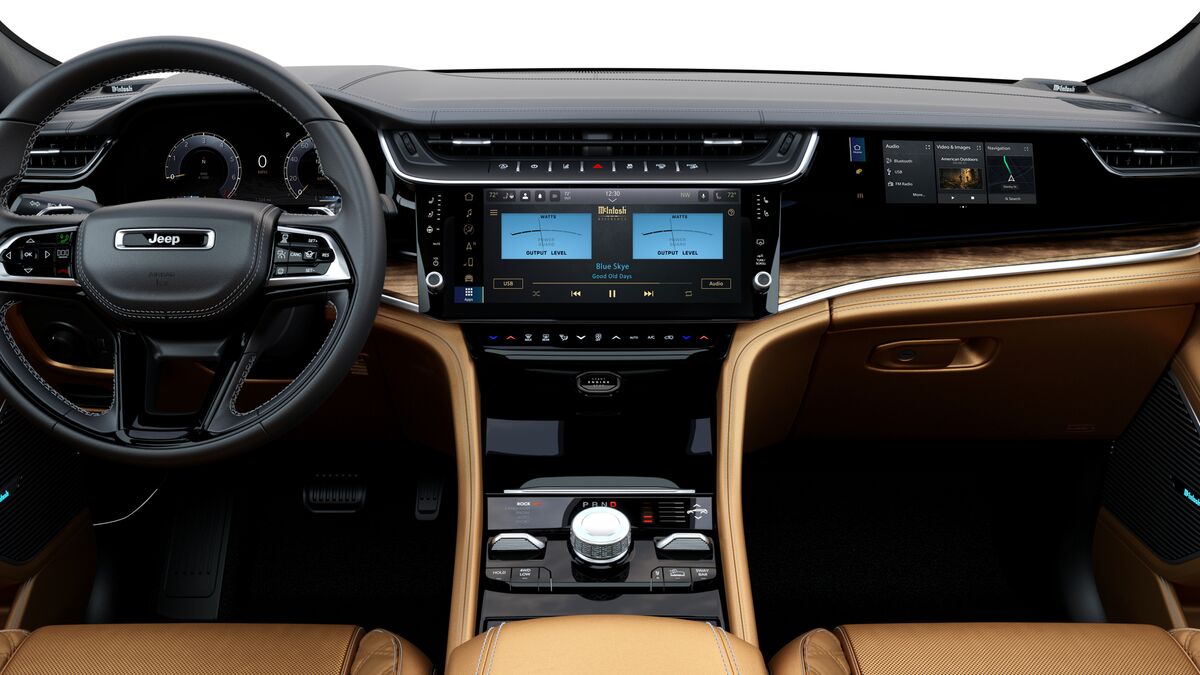- The White House last month announced a trade deal with the European Union that would lower car tariffs to 15%
- It now says the deal was just a handshake agreement and doesn’t lower car tariffs, but might in the future
The White House and the European Union announced a major trade deal last month that, among other things, would lower tariffs on new cars from 25% to 15%.
But the deal had not been signed. The New York Times explains, “that deal was a handshake arrangement, and negotiators have been scrambling ever since to put it into writing.”
The two sides have now issued a joint statement explaining some details of the possible arrangement. Notably, it does not lower car tariffs. European automakers must still pay a new 25% tariff in addition to the traditional 2.5% tariff they have long paid on all cars imported into the U.S.
The agreement would instate a 15% tariff on European cars only if the E.U. proposes major changes to its own laws, including lower tariff rates on many food products. Notably, the agreement says the 15% car tariff will begin “when the European Union formally introduces the necessary legislative proposal.” So the E.U. does not need to pass the measure.
Negotiators are still discussing other U.S. demands. The Times reports, “Officials agreed to continue discussions on a vast array of thorny trade issues, including adjustments to auto and emissions standards and a reduction in regulations on U.S. technology companies.”
With those measures still undefined, we can’t be certain the trade deal will ever be signed in a final form. The Times adds, “Europeans have insisted that they will not water down their key digital regulations, painting the issue as a matter of sovereignty.”
Calls Into Question Purported Deals With Japan, South Korea
- The White House made similar claims about trade deals with Japan and South Korea
- No details of those deals have been released, either
The automotive industry breathed a gradual sigh of relief in late July as the White House announced trade deals with the E.U., Japan, and South Korea.
The announcements triggered alarm among domestic automakers, who objected that their close relationships with Canada and Mexico, still subject to 25% tariffs, meant that domestic automakers might pay higher tariffs to sell cars in the U.S. than foreign automakers do.
However, the revelation that there has never been a deal for 15% car tariffs with the E.U. raises questions about whether there are final deals with other countries.
Trump has essentially reversed the process of diplomacy. Diplomats traditionally engage in lengthy, painstaking negotiations to reach an agreement, then announce the deal and celebrate. Trump has announced deals to great fanfare, then attempted to negotiate the details.
That leaves businesses and even partner countries uncertain about what rules are in place.
Hasn’t Changed Car Prices Much…Yet
- Despite uncertainty over tariffs, the average new car price ended July just 1.5% higher than a year ago
- Automakers have lost money to keep tariffs off the sticker
- They say they can’t do that forever
Despite chaotic on-again, off-again tariffs as high as 27.5% on new cars (and the parts to build cars domestically), car prices have stayed relatively stable. The average new vehicle sold for 1.5% more this July than last.
To make that happen, automakers and dealers have offered hefty discounts. They’re selling cars, but in many cases, losing money to do so. Ford, for instance, reported a 14.2% sales boom in the second quarter but still lost more than $30 million.
But news remains fairly neutral for car shoppers. It’s still possible to find a reasonable deal on most new cars, with some automakers dramatically overstocked and selling at a significant discount.

Automakers warn that they may not be able to keep prices low for long. Traditionally, they raise prices as a new model year begins to arrive in dealerships in late summer and early fall.








